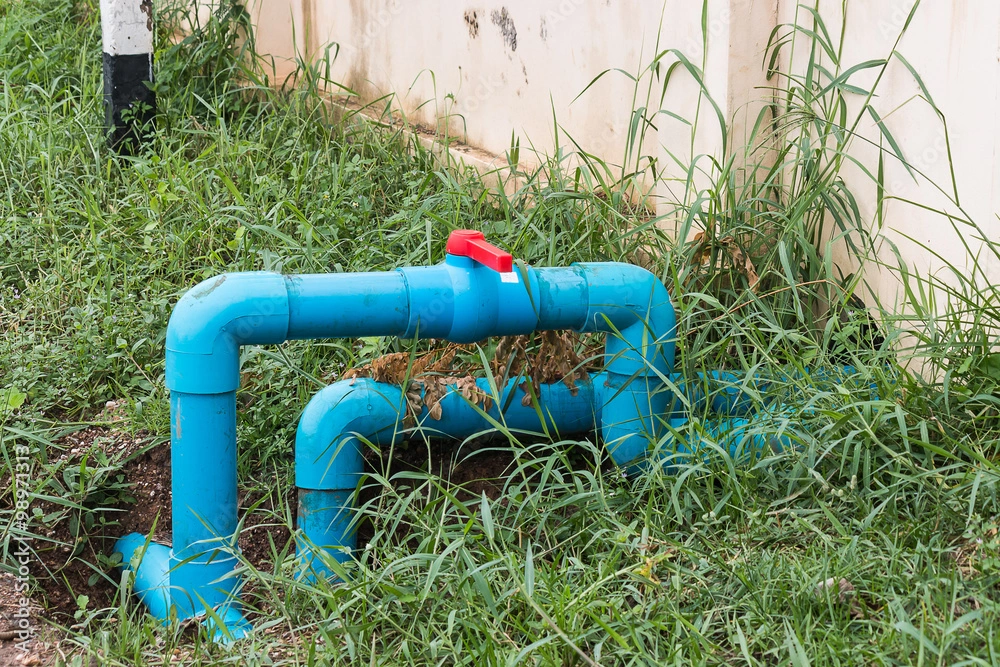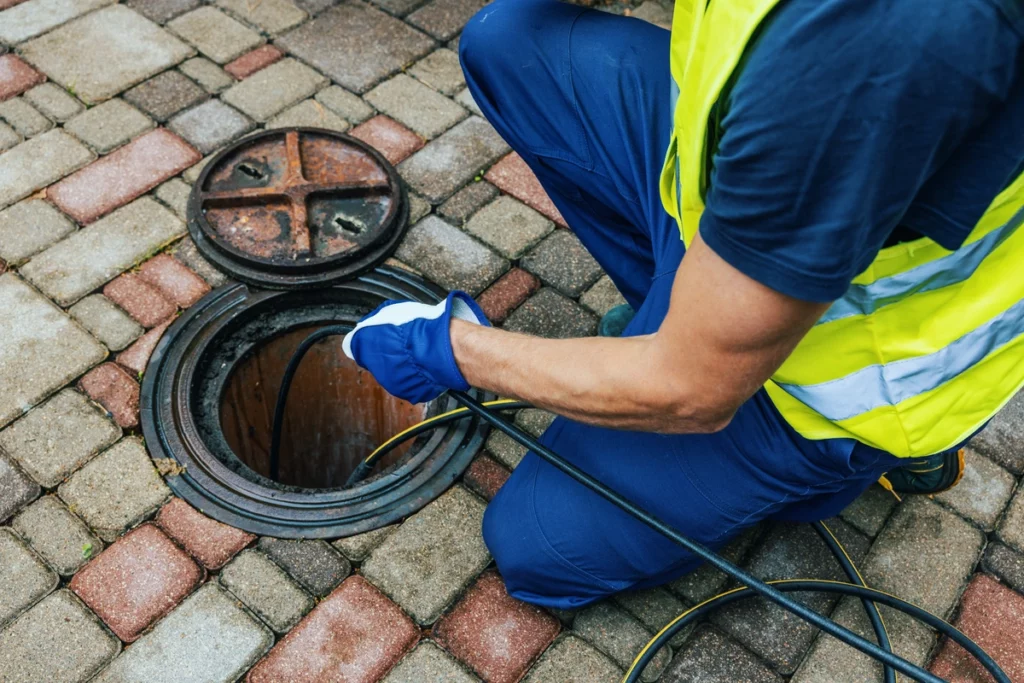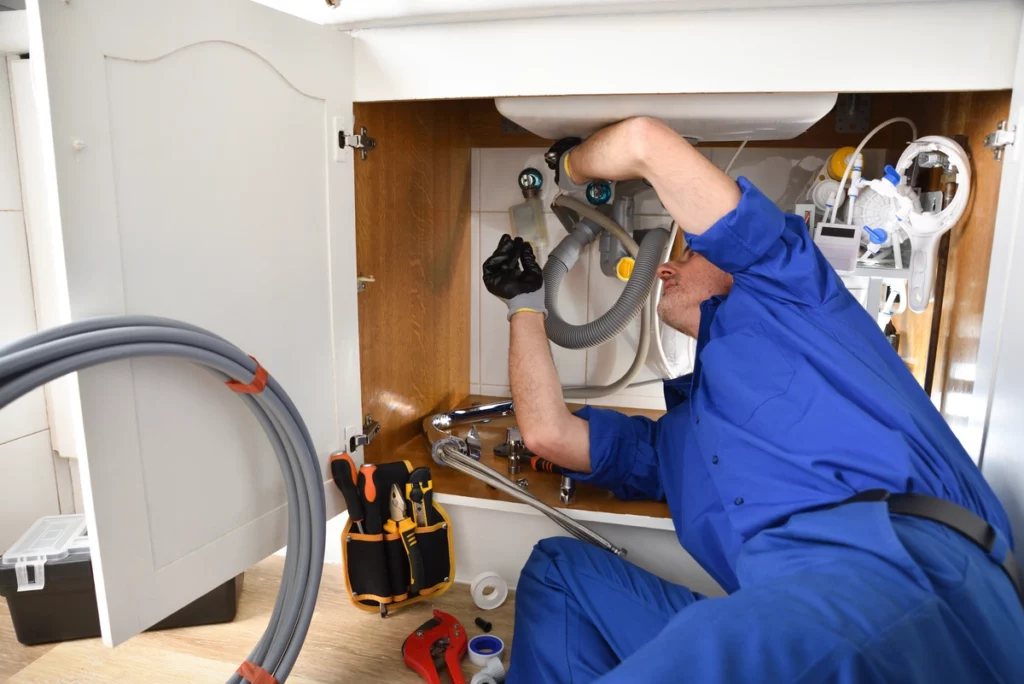Picture this: it’s a rainy night, and you’re peacefully asleep, unaware of the storm raging outside. Suddenly, you’re jolted awake by the sound of rushing water. Your worst nightmare has come true – your basement is flooding. The culprit? A failed sump pump. This scenario is a stark reminder of the importance of sump pump backup systems.
In this blog post, we’ll explore:
- What a sump pump is
- The pros and cons of battery-operated backups vs. water backups,
- The dangers of not having a good backup system
- What to do if your sump pump fails
What Is a Sump Pump?
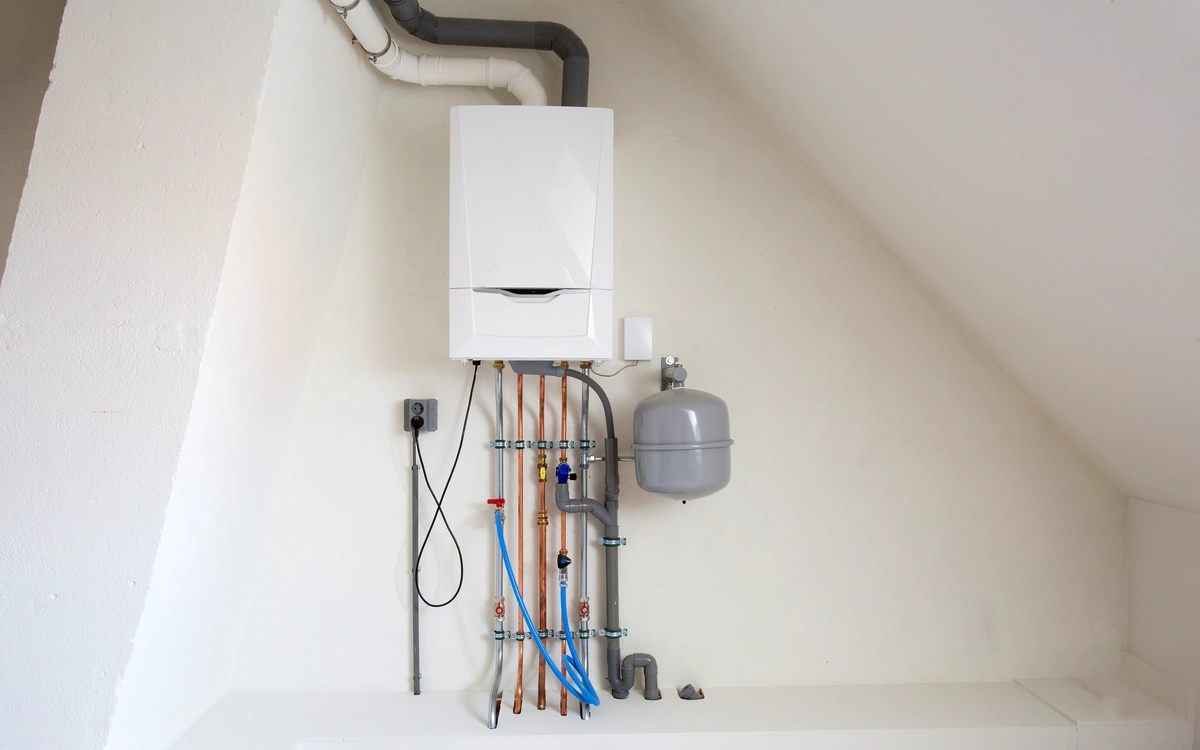
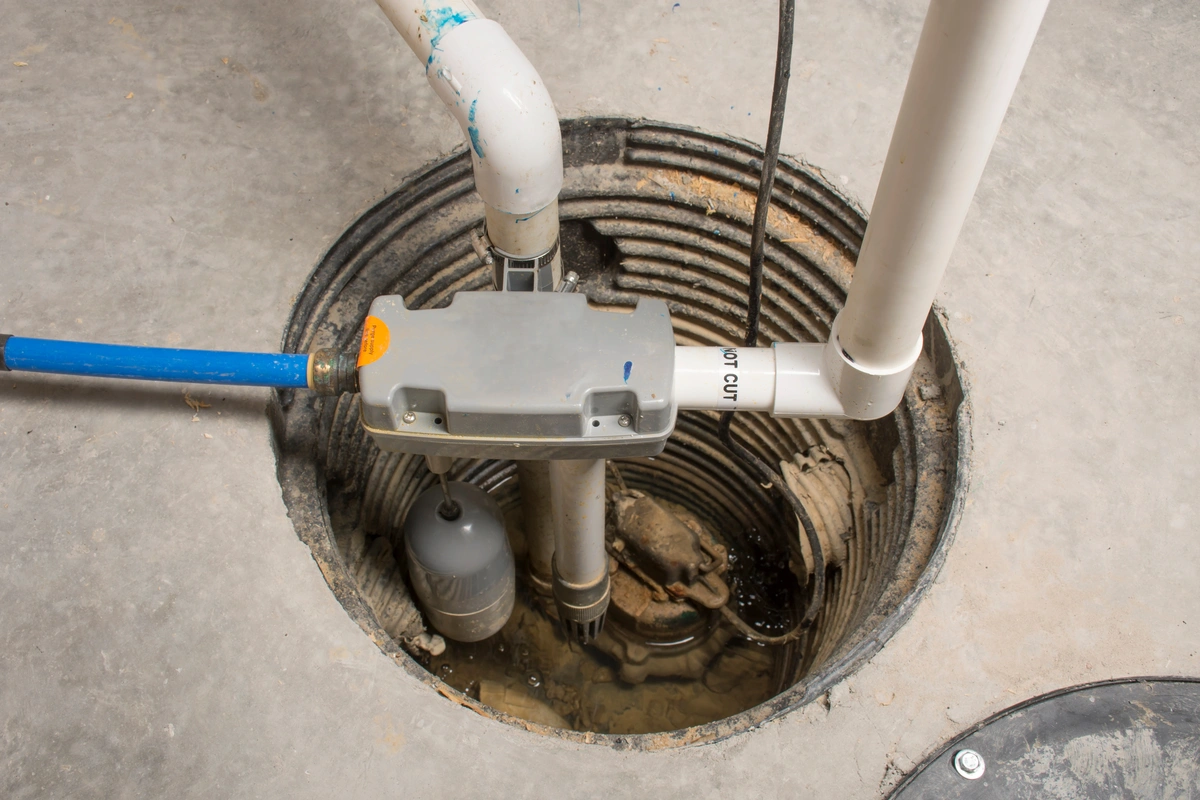
A sump pump is a critical component of many homes, especially those in flood-prone areas or regions with high water tables. Its primary purpose is to prevent water from flooding your basement or crawl space. Here’s how it works:
1) Pit or Sump Basin
A sump pump is typically installed in a sump pit or basin dug into the lowest point of your basement floor. This pit collects excess water that enters your basement through various means, such as groundwater, rain, or plumbing leaks.
2) Water Accumulation
As water accumulates in the sump pit, a float switch or sensor is triggered when the water level rises to a certain point.
3) Pump Activation
When the float switch is activated, the sump pump turns on and starts pumping the water out of the pit through a discharge pipe.
4) Discharge
The water is then pumped away from your home and safely discharged into a designated drainage area, such as a storm drain or a dry well.
5) Prevention
By removing excess water, the sump pump prevents basement flooding, which can lead to costly water damage, mold growth, and structural issues.
Now that we have a basic understanding of how sump pumps work, let’s delve into the importance of having a reliable backup system.
Before diving deeper into the specific types of sump pump backups and their pros and cons, let’s take a moment to understand what a sump pump backup is and why it’s an essential addition to your home’s waterproofing system.
Why You Need A Sump Pump Back Up
A sump pump backup is essentially a fail-safe mechanism designed to ensure the continuous operation of your sump pump, even in adverse conditions or when the primary pump fails. Here’s why having a sump pump backup is crucial:
- Unpredictable Nature of Weather: Weather patterns can be unpredictable. Heavy rainstorms, flash floods, and severe weather events can overwhelm your primary sump pump. Without a backup, you’re left vulnerable to basement flooding.
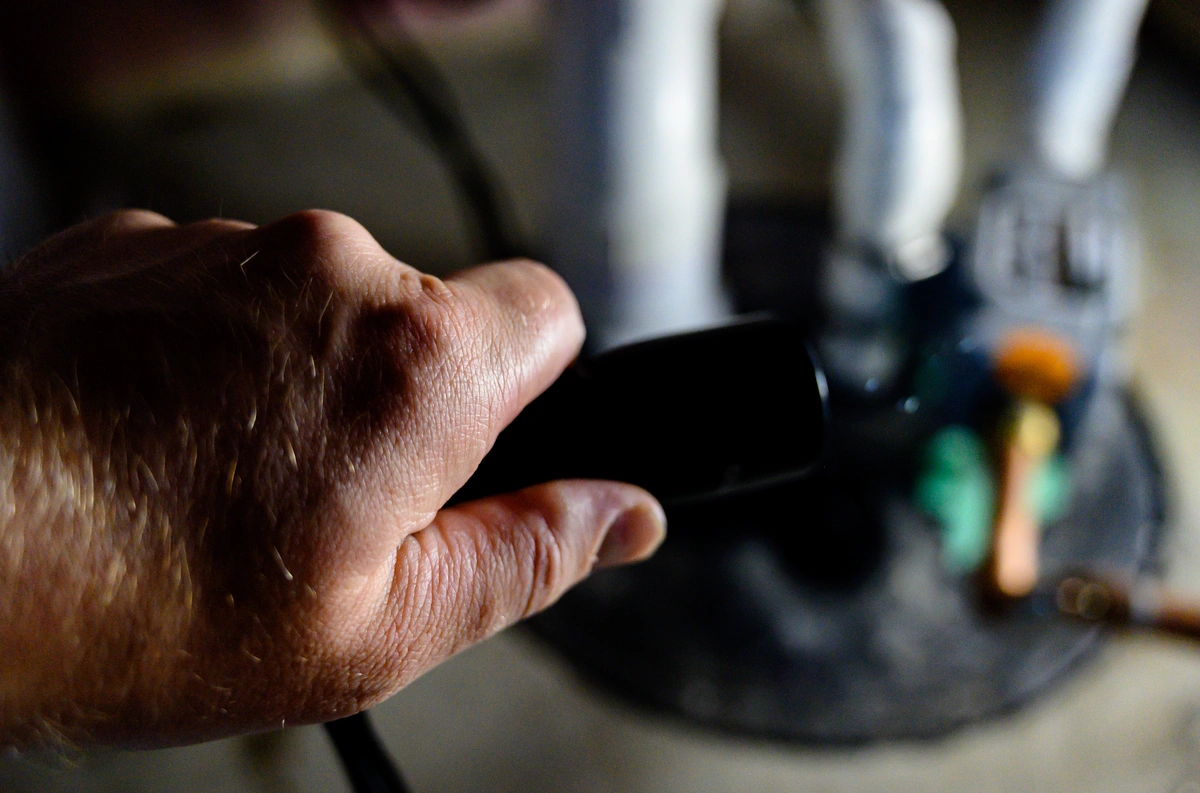
- Power Outages: Power outages often occur during storms, which can render your primary sump pump useless if it relies on electricity. A battery-operated or water backup ensures your basement stays dry when the power goes out.
- Mechanical Failures: Like any mechanical device, sump pumps can fail due to wear and tear or unexpected malfunctions. A backup system can kick in when your primary pump stops working, preventing potential damage.
- Maintenance and Repairs: Routine maintenance and occasional repairs may temporarily take your primary sump pump out of commission. During these times, a backup system provides continuous protection.
- Peace of Mind: Knowing that your basement is safeguarded by a backup system offers peace of mind. You can rest easy, even during heavy rainfall or when you’re away from home.
In essence, a sump pump backup is your insurance policy against the myriad of circumstances that can lead to a non-functioning primary sump pump. It provides an added layer of protection, ensuring that your basement remains dry and free from water damage. Now, let’s explore the specific types of backup systems and their pros and cons.
The Pros and Cons of Battery-Operated Backups vs. Water Backups
When it comes to sump pump backup systems, homeowners have two main options: battery-operated backups and water backups. Each has its advantages and disadvantages, and the choice depends on your specific needs and preferences.
Battery-Operated Backup Systems:
✅ Pros:
- Reliability: Battery-operated backups are generally very reliable. They can automatically activate when the primary sump pump fails, ensuring continuous protection against flooding.
- Ease of Installation: These systems are relatively easy to install and don’t require major modifications to your existing plumbing.
- Maintenance: Battery backups are low-maintenance. Regularly checking and replacing the battery is typically the only required upkeep.
❌ Cons:
- Limited Run Time: The main drawback of battery backups is their limited run time. Depending on the size of the battery and the amount of water to be pumped, they can operate for several hours to a couple of days. After that, they need recharging.
- Battery Replacement: Batteries have a limited lifespan and will need replacement every few years, which can be an ongoing cost.
Water Backups:
✅ Pros:
- Unlimited Run Time: Water-powered backups don’t rely on electricity or batteries. They use your home’s water supply to pump out water indefinitely, as long as your water service remains functional.
- Low Maintenance: Water backups are generally low-maintenance, as they have no batteries to replace.
❌ Cons:
- Slower Operation: Water backups tend to be slower than their battery-operated counterparts, which can be a disadvantage if you need rapid water removal during heavy rainfall.
- Water Supply Dependency: They depend on a continuous water supply, so if your municipal water service is disrupted, they won’t work.
- Installation Complexity: Setting up a water backup system can be more complex and may require professional installation, including the installation of a backflow preventer to ensure clean water is used.
The Dangers of Not Having a Good Backup System
Now that we’ve discussed the two main types of sump pump backup systems, it’s crucial to understand the potential dangers of not having a reliable backup system in place:
- Basement Flooding: The most immediate and obvious danger is basement flooding. Without a backup system, a sump pump failure during heavy rain or a storm can result in extensive water damage to your property.
- Mold and Mildew Growth: Excess moisture from a flooded basement can lead to mold and mildew growth, which can be harmful to your health and require expensive remediation.
- Structural Damage: Prolonged exposure to water can weaken the structural integrity of your home’s foundation and walls, leading to costly repairs.
- Loss of Belongings: Basement flooding can ruin valuable possessions stored in your basement, including furniture, electronics, and personal keepsakes.
- Health Risks: Standing water in your basement can create an environment conducive to bacterial growth, posing health risks to you and your family.
- Decreased Home Value: A history of basement flooding can decrease the resale value of your home and make it less attractive to potential buyers.
What to Do If Your Sump Pump Fails
Despite your best efforts, sump pump failures can still occur. It’s essential to know what to do in such situations to minimize damage and ensure your safety:
1) Stay Safe
If your basement is flooding and your sump pump has failed, prioritize your safety. Avoid standing water and turn off the electricity to your basement to prevent electrical hazards.
2) Identify the Cause
Determine why your sump pump has failed. It could be a power outage, a malfunctioning pump, a blocked discharge pipe, or a faulty float switch. Address the issue if it’s within your capabilities.
3) Call for Professional Help
If you’re unsure of the cause or unable to resolve the problem, contact a professional plumber or sump pump technician for assistance.
4) Use a Temporary Pump
In some cases, you can use a portable sump pump as a temporary solution until your primary sump pump is repaired or replaced.
5) Consider Backup Systems
If you don’t already have a backup system in place, this experience should underscore the importance of installing one. Consider both battery-operated and water backup options and choose the one that suits your needs.
6) Regular Maintenance
Once your sump pump is operational again, schedule regular maintenance to prevent future failures. This includes testing the pump, cleaning the sump pit, and ensuring the float switch functions correctly.
Work With the Sump Pump Experts
Sump pump backup systems are your first line of defense against basement flooding, which can lead to a host of problems, from property damage to health risks. Regardless of the backup system you choose, the most crucial aspect is to have one in place. And when you need help creating a sump pump system that you can rely on, AJ Alberts Plumbing can help! Contact us today to discuss your battery options and find the right fit for you.

